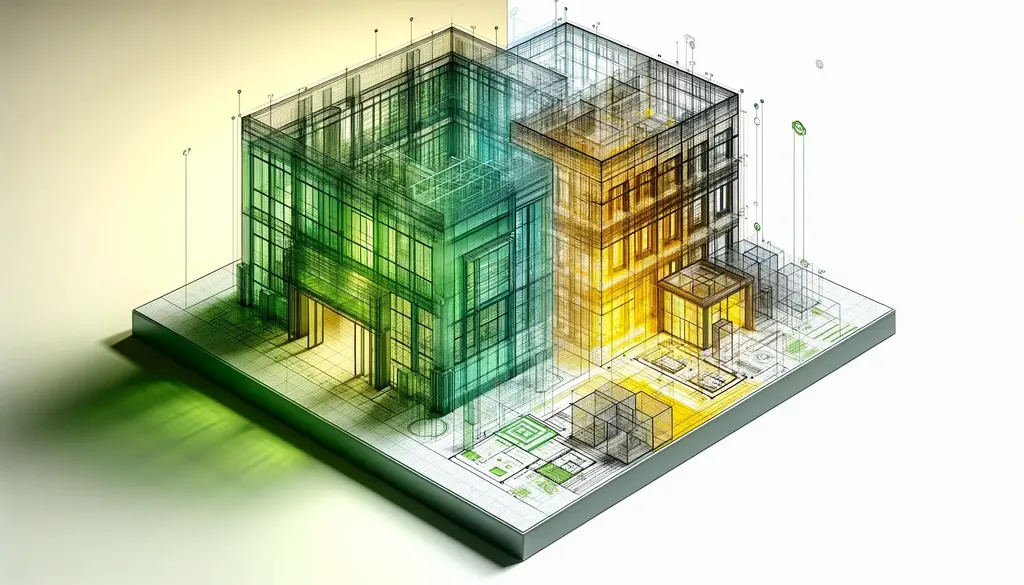In a world where buildings account for a staggering 40% of global energy consumption and a third of greenhouse gas emissions, the race is on to transform our built environment into a smarter, greener, and more sustainable ecosystem. At the forefront of this revolution are artificial intelligence (AI) and digital twins (DTs), technologies that are rapidly reshaping how we design, construct, and manage buildings. A groundbreaking study, published in the journal *Environmental Science and Ecotechnology* (translated to English as *Environmental Science and Green Technology*), sheds light on the transformative potential of these innovations, offering a roadmap for the energy sector and beyond.
Led by Simon Elias Bibri, a researcher at the Swiss Federal Institute of Technology in Lausanne (EPFL), the study conducts a comprehensive review of cutting-edge AI and AI-powered DT solutions applied across smart, green, and zero-energy buildings. The research underscores how these technologies are not just incremental improvements but game-changers in the quest for environmental sustainability.
“AI enhances smart buildings by enabling dynamic energy optimization, occupant-centered environmental control, improved thermal comfort, renewable energy integration, and predictive system management,” Bibri explains. This means buildings can now learn and adapt, reducing energy waste and enhancing occupant comfort in real time. For instance, AI can predict when a building will need more heating or cooling, adjusting systems preemptively to save energy without sacrificing comfort.
In green buildings, AI is a catalyst for resource efficiency. It minimizes construction and operational waste, promotes the use of sustainable materials, and strengthens cost estimation and risk assessment processes. “AI contributes to greater resource efficiency, supports adaptive design strategies, and helps in the integration of renewable energy sources,” Bibri notes. This is particularly relevant for the energy sector, where the integration of renewable energy into building systems is a critical challenge.
For zero-energy buildings—structures that produce as much energy as they consume—AI facilitates multi-objective optimization and supports performance benchmarking against net and nearly zero-energy standards. This ensures that buildings not only meet regulatory requirements but also operate at peak efficiency, reducing reliance on traditional energy sources.
The study also highlights the role of AI-powered digital twins, which enable real-time environmental monitoring, predictive analytics, anomaly detection, and adaptive operational strategies. These digital replicas of physical buildings allow for continuous optimization, ensuring that buildings perform at their best under varying conditions. “AI-powered DTs enable real-time environmental monitoring, predictive analytics, anomaly detection, and adaptive operational strategies, thereby enhancing building performance, energy optimization, and resilience,” Bibri states.
The broader implications of this research are profound. By fostering interconnected urban ecosystems, these technologies advance environmental sustainability, sustainable development, and smart city initiatives. The study introduces a novel integrated framework that positions AI and AI-driven DTs as systemic enablers of environmentally sustainable smart built and urban environments. This framework emphasizes their cross-scale convergence in promoting carbon neutrality, circular economy principles, climate resilience, and regenerative urban strategies.
For the energy sector, the implications are clear. AI and digital twins offer actionable pathways for advancing research agendas, informing practical strategies for building and urban system design, and providing evidence-based recommendations for policymakers. The findings establish AI and AI-driven DTs as transformative catalysts for realizing the next generation of resource-efficient, carbon-neutral, and ecologically integrated urban ecosystems.
As we stand on the brink of a new era in building technology, the insights from this research offer a compelling vision of a future where our buildings are not just structures but intelligent, adaptive entities that contribute to a sustainable and resilient urban landscape. The journey towards this future is complex, but with AI and digital twins leading the way, the path is becoming increasingly clear.

